Ginger is a culinary superhero, elevating the flavors of our favorite dishes and offering a plethora of health benefits. However, like any other ingredient, ginger can go bad over time. But how to tell if your ginger is bad? In this guide, we'll explore the signs of spoiled ginger and share practical tips to ensure your ginger stays fresh for longer.
Jump to:
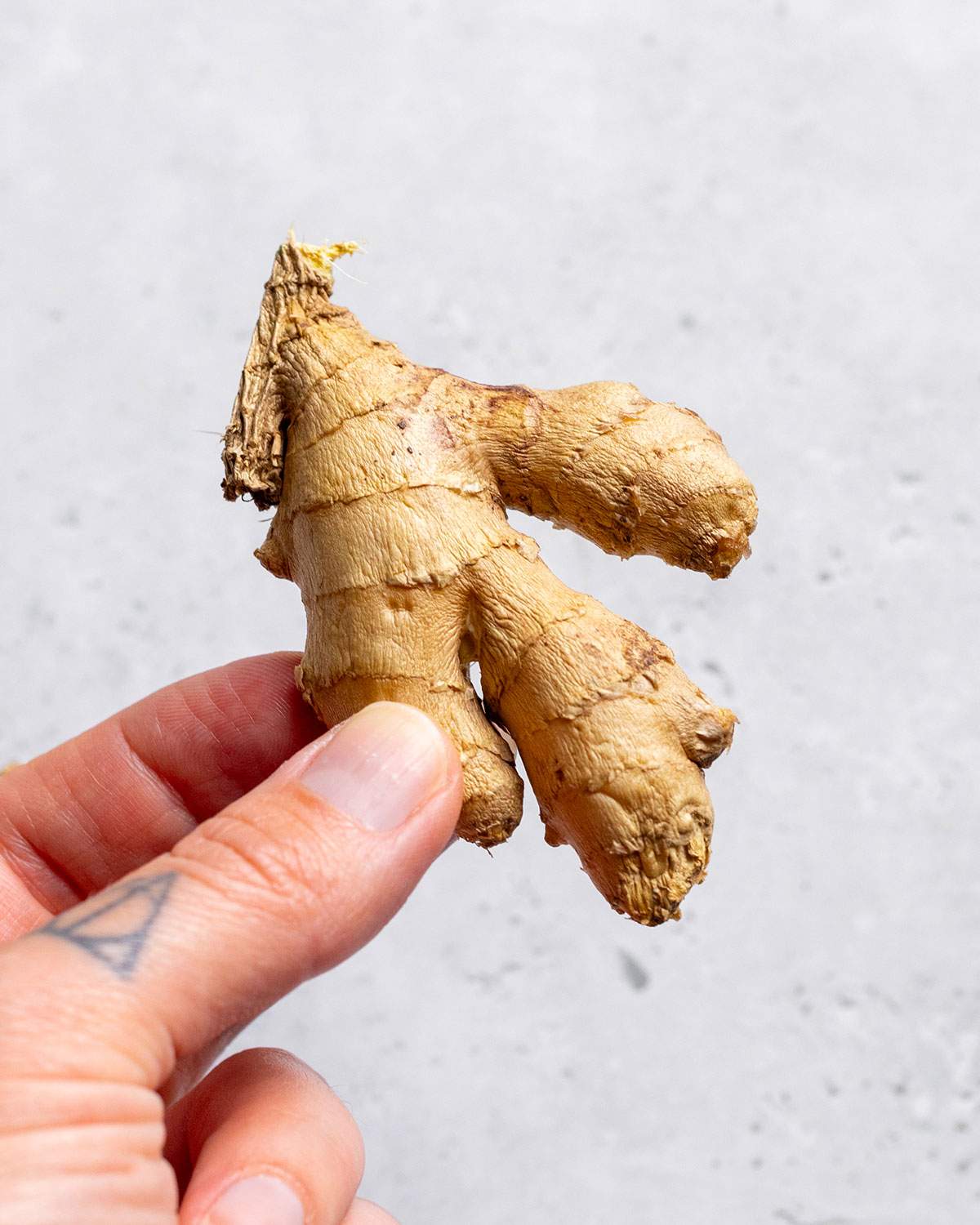
🌿 Different Types of Ginger
From the zing of fresh ginger root to the convenience of ground ginger and the tangy delight of pickled ginger, there's a type for every taste bud. Each variety comes with its own shelf life, so it's crucial to store them correctly to maintain their freshness.
⏰ How Long Does Ginger Last
The shelf life of ginger depends on the type of ginger, the storage method, and how fresh the ginger was when you purchased it. Fresh ginger root can last up to three weeks at room temperature, and up to six months in the freezer. Ground ginger and ginger powder, on the other hand, can last up to two years if stored in a dry place away from heat sources.
🚫 Signs that Ginger has Gone Bad
Trust your senses when examining ginger for signs of spoilage. From mold and discoloration to a slimy texture and off smells, we'll help you identify the red flags that indicate it's time to part ways with your ginger.
🥢 Fresh Ginger
The first thing to look for when determining if ginger is bad is mold. Moldy ginger will have dark spots on the skin and may also have small amounts of mold on the cut surfaces.
Additionally, ginger that has gone bad may have a slimy texture or wet spots. The skin of the ginger may be darker or have a different color than usual, such as a brown skin or a bright yellow skin, depending on the type of ginger.
Ginger that has gone bad may also have a pungent, sour smell or no smell at all. If you notice any of these signs, it's best to discard the ginger immediately.
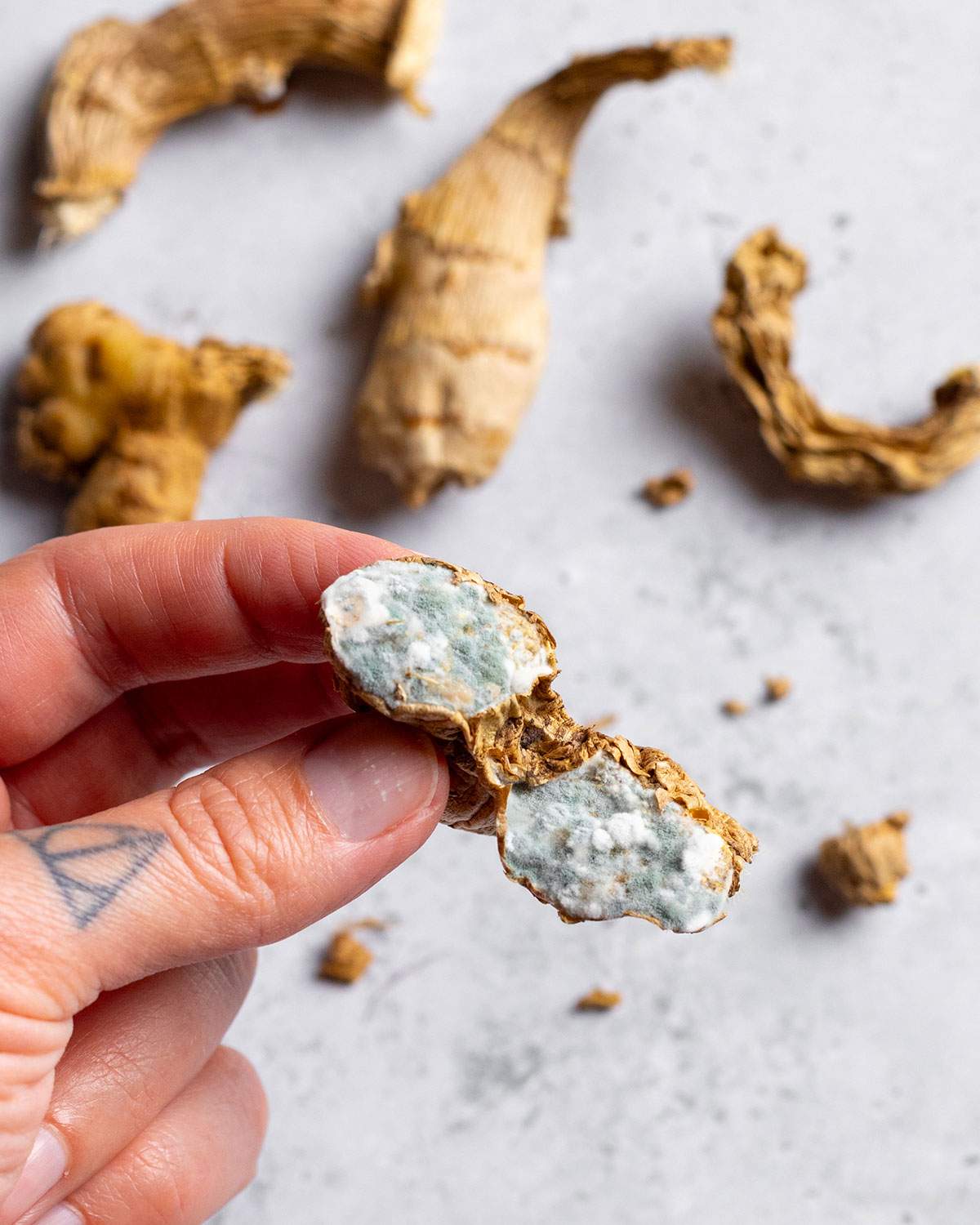
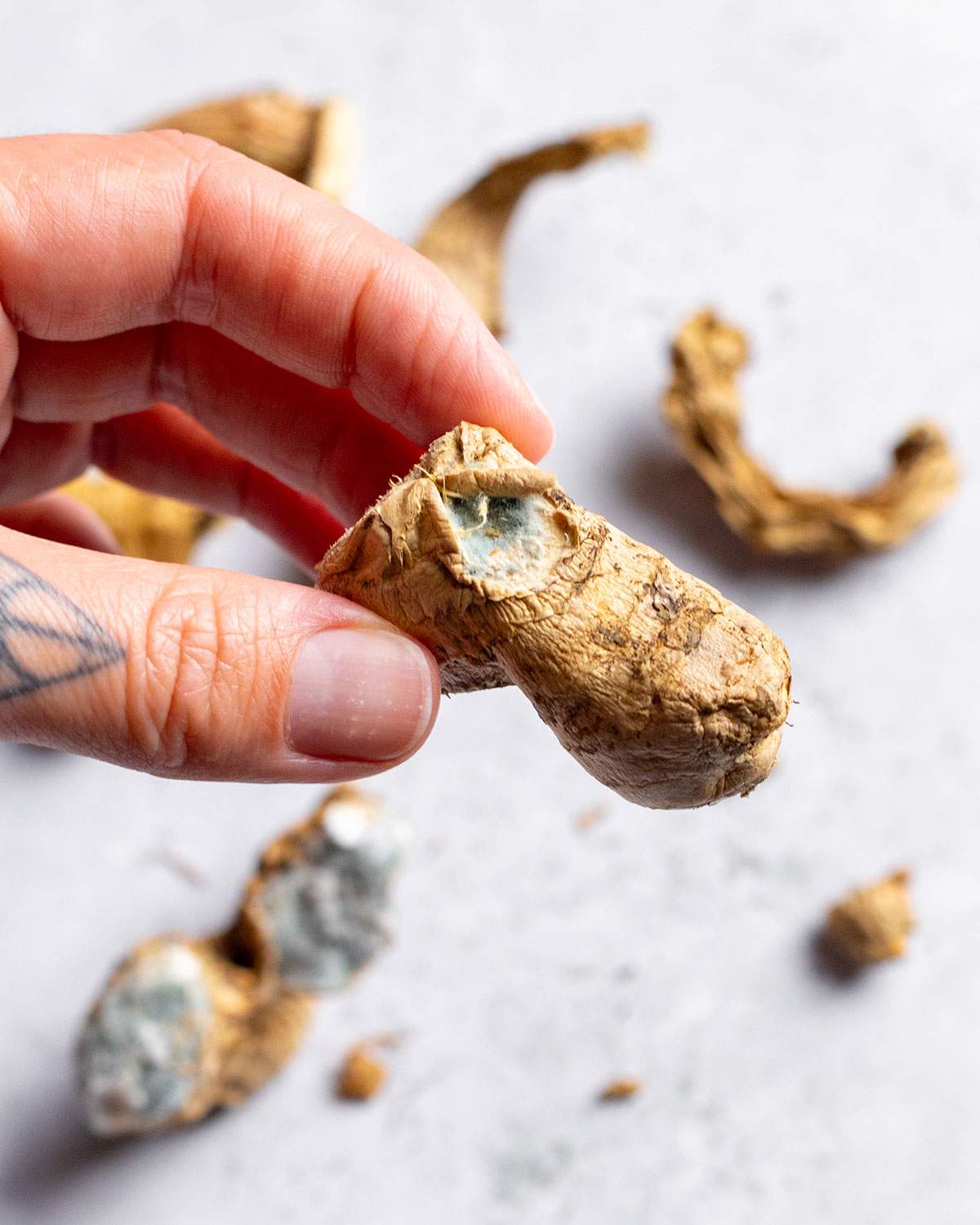
🧫 Moldy Ginger
Mold on ginger is one of the most obvious signs that it has gone bad. Fresh ginger should have a smooth, firm surface without any fuzzy patches or spots. If you notice any green, white, or black fuzzy growth on your ginger root, it's best to discard it immediately.
Sometimes mold may only appear on one section of the ginger root. In these cases, you might wonder if you can simply cut away the moldy part and use the rest. While some hardy vegetables can be salvaged this way, it's not recommended for ginger. Mold often penetrates beyond what's visible to the naked eye, and the entire piece may be contaminated with mold spores.
To prevent mold growth on ginger:
- Store ginger in a dry environment, as mold thrives in moisture
- Keep fresh ginger in the refrigerator rather than at room temperature
- Inspect your ginger regularly and use it before it begins to deteriorate
- Consider freezing excess ginger to extend its shelf life
👵 Wrinkled skin
Wrinkled skin on ginger is not necessarily an indicator of spoilage. However, if the ginger also has a mushy texture, an off smell, a brown color, or visible mold, it is likely bad and should be discarded. It's always best to trust your senses and look for the signs of bad ginger before using it in your recipes.
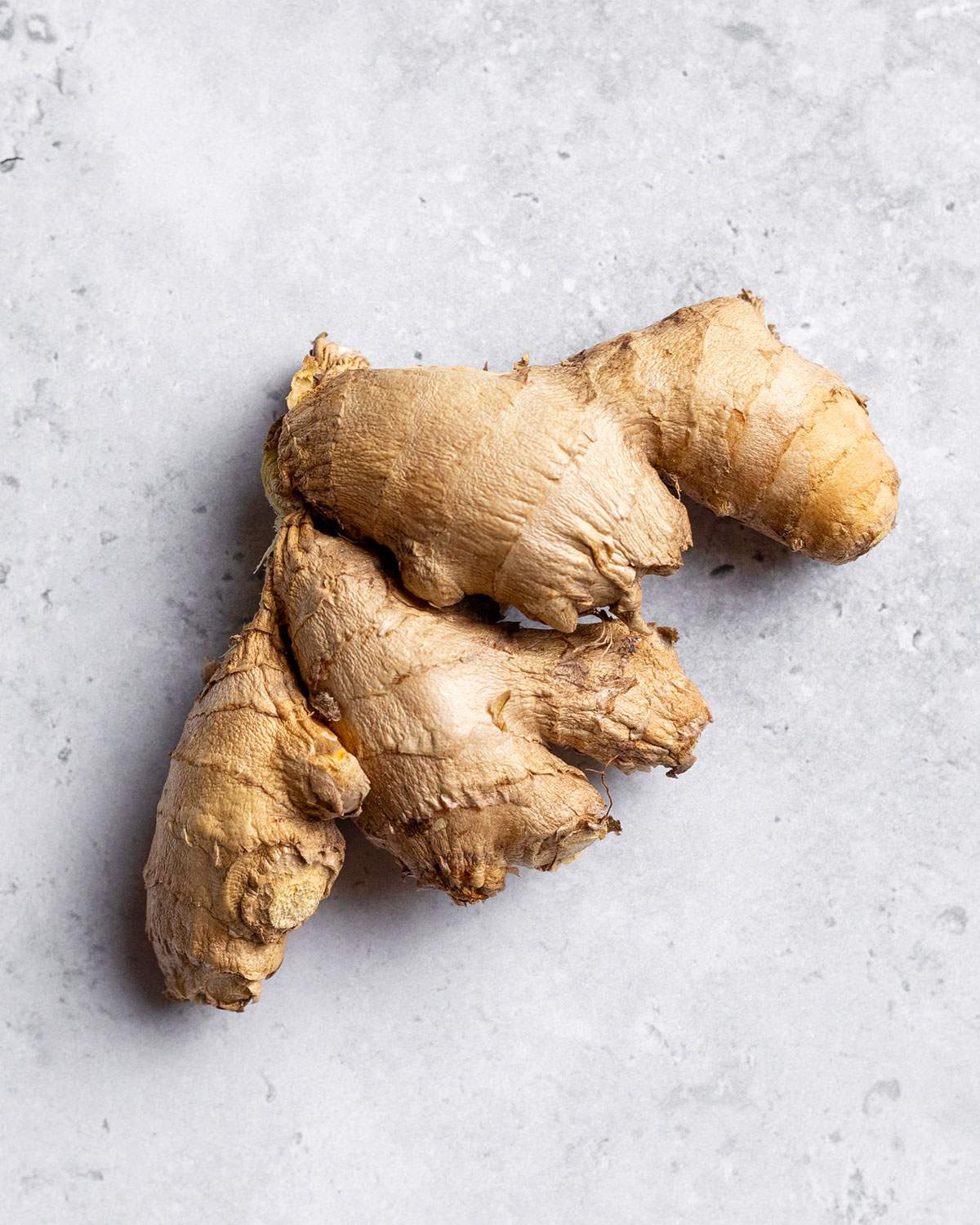
Lightly wrinkled ginger that's still good to use.
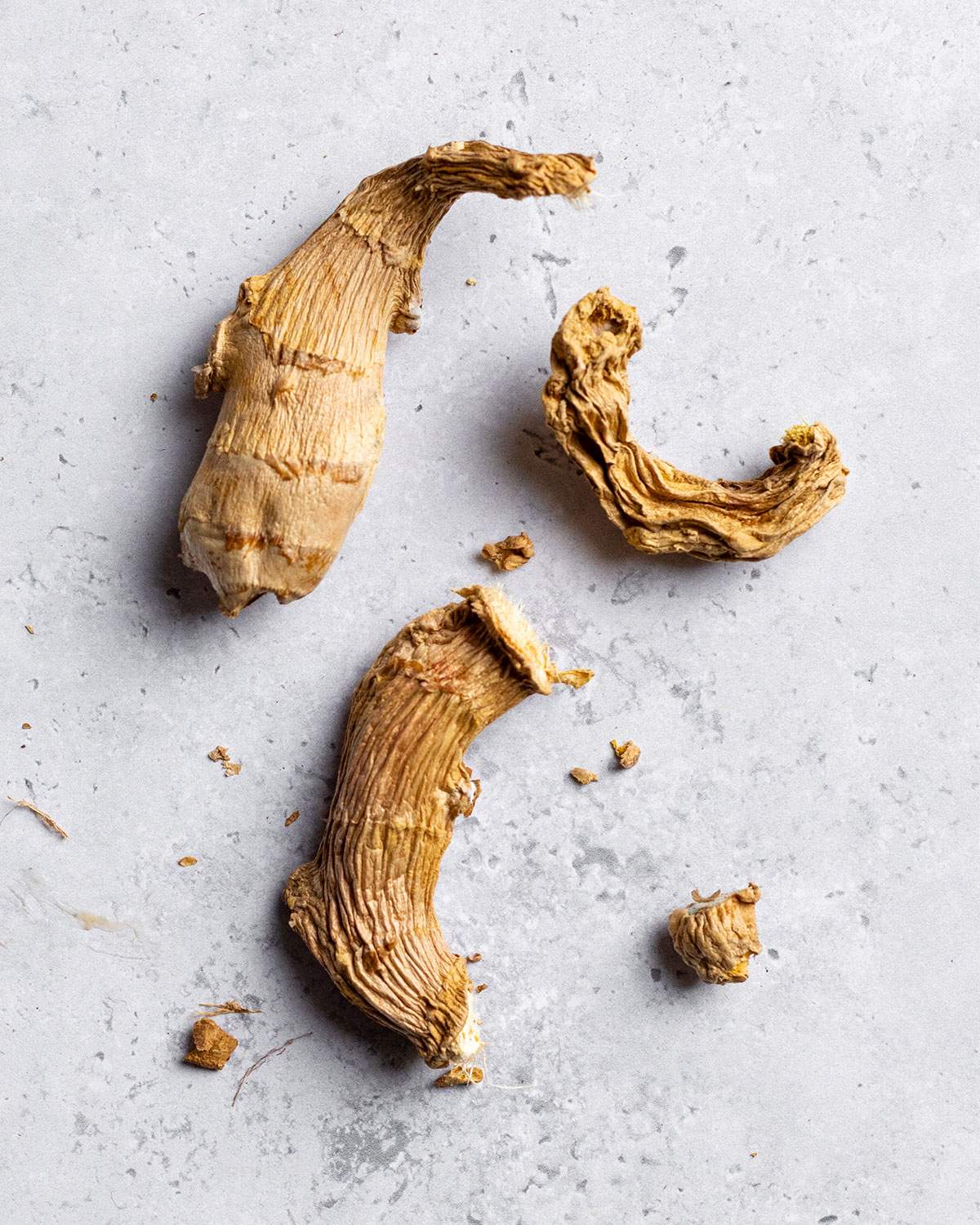
Wrinkled ginger that has gone off and should be discarded.
🧃 Ginger Juice
The signs of bad ginger juice are similar to those of bad ginger root. Look for mold, discoloration, and a slimy texture. The juice may also have a pungent, sour smell or no smell at all. If you notice any of these signs, it's best to discard the juice immediately.
To extend the shelf life of ginger juice, store it in an airtight container in the refrigerator and use it within a few days.
🥫 Pickled Ginger
To tell if pickled ginger has gone bad, check it for signs of mold or discoloration. If the ginger has a slimy texture, a pungent, sour smell, or no smell at all, it is likely bad and should be discarded.
Additionally, if the flavor has changed significantly or the jar has been opened for an extended period of time, it's best to err on the side of caution and discard the ginger.
Pickled ginger typically has a long shelf life when stored properly, but it's important to be mindful of the signs that it has gone bad and to use it within a reasonable amount of time.
🧂 Ginger Powder
Ginger powder can last up to two years when stored in a dry place away from heat sources. However, it can go bad over time.
The expiration date on the package can give you a good indicator of when the ginger powder was produced. However, it doesn’t necessarily mean your powder has gone bad once it passed the expiration date and ginger powder can often still be good for a long time after that date. The most effective way to check the powder is to trust your senses.
Signs that ginger powder has gone bad include:
- a change in color or smell
- big clumps
- a loss of flavor
To check if ginger powder is still good to use, simply give it a sniff and taste. If it smells or tastes off, it's best to discard it and use fresh ginger powder. It's important to store ginger powder properly to extend its shelf life and avoid consuming bad ginger powder that can lead to health issues.
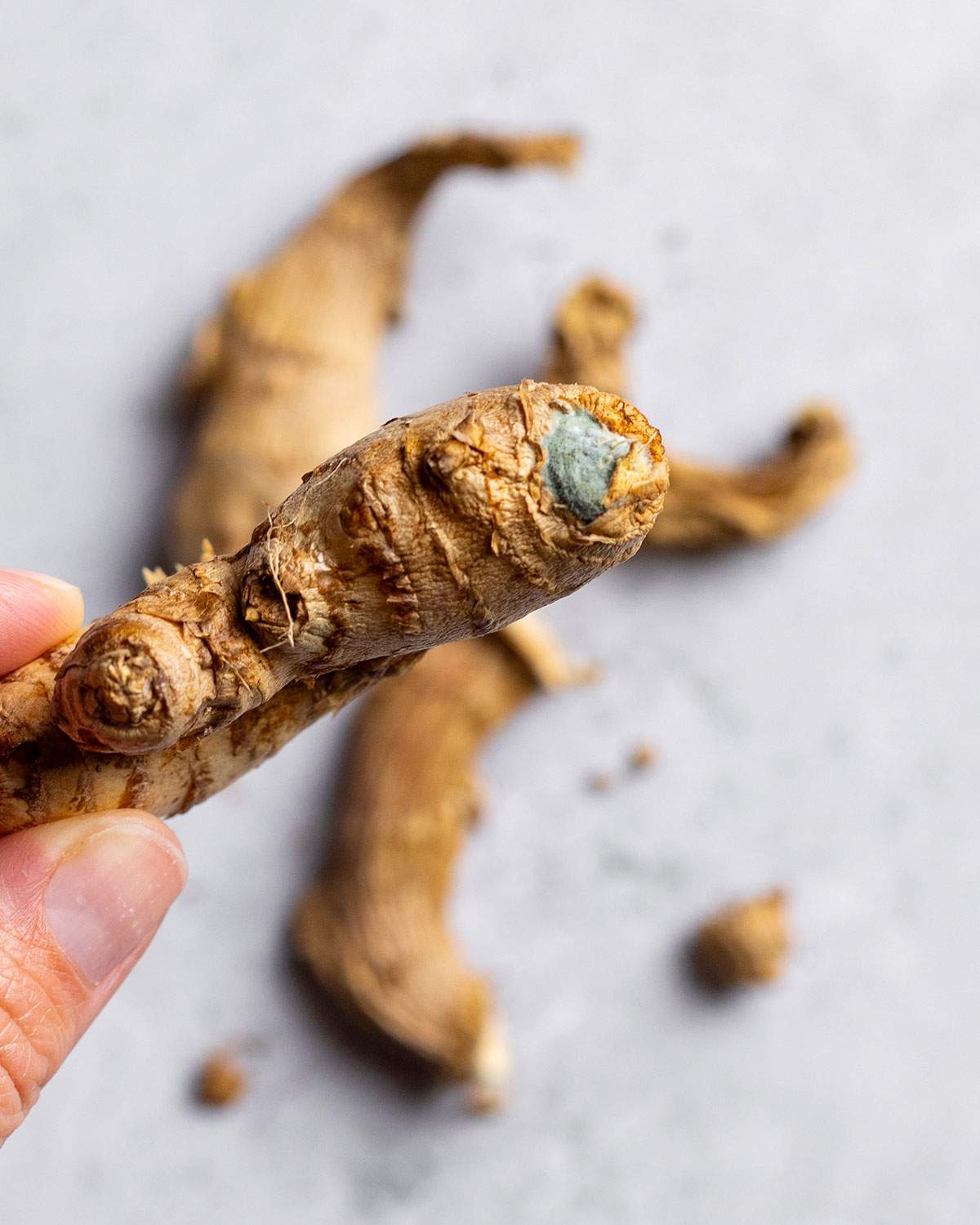
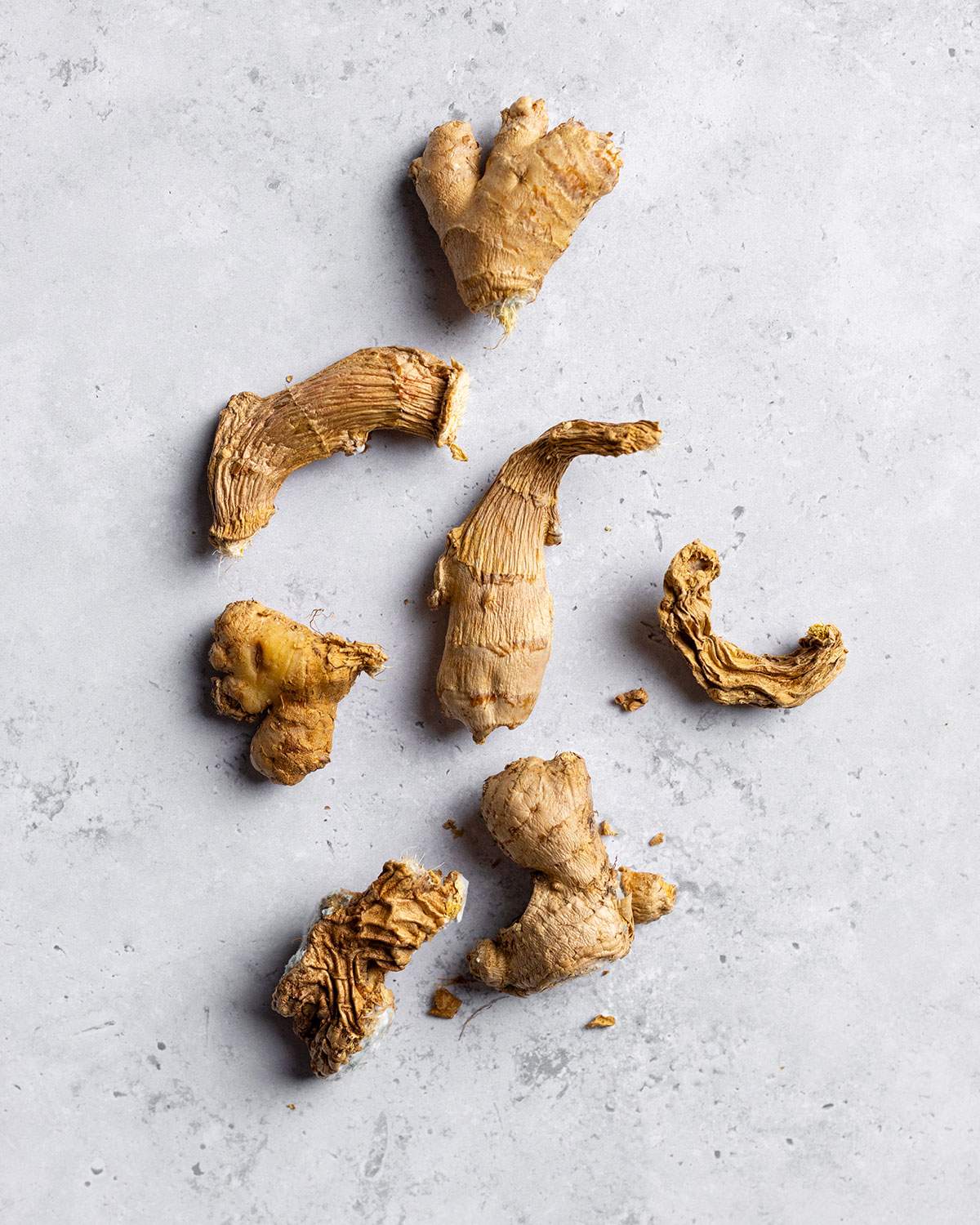
🔍 How to Tell if Ginger Has Gone Bad
While we've covered various signs of spoilage for different types of ginger, let's summarize the key indicators that your ginger has gone bad:
- Visual inspection - Look for any dark spots, mold growth (fuzzy patches in green, white, or black), or significant discoloration. Fresh ginger should have a light yellow interior and a tan or light brown exterior.
- Texture check - Fresh ginger should feel firm and snap when broken. If your ginger feels soft, mushy, or has a slimy surface when touched, it has likely spoiled.
- Smell test - Fresh ginger has a distinctive sharp, spicy aroma. If your ginger has lost its characteristic smell or has developed an off, sour, or unpleasant odor, it's time to discard it.
- Taste evaluation - If your ginger passes the visual, texture, and smell tests but you're still unsure, you can taste a very small piece. Fresh ginger should have a strong, spicy flavor. If it tastes flat, bitter, or otherwise off, it's best not to use it.
Remember that properly stored ginger can last for several weeks in the refrigerator and up to six months in the freezer. Always check your ginger before using it in your recipes to ensure the best flavor and avoid potential health issues.
🤢 What Happens If You Eat Bad Ginger
Consuming spoiled ginger can lead to unpleasant consequences for your health. While a small amount of slightly old (but not moldy) ginger may not cause serious harm, eating ginger that has clearly gone bad can pose health risks.
The most common symptoms of consuming bad ginger include:
- Stomach discomfort or pain
- Nausea and vomiting
- Diarrhea
- Indigestion
Eating moldy ginger is particularly concerning, as some molds produce mycotoxins that can cause more serious health issues. These toxins can affect your digestive system and potentially your immune system if consumed regularly.
If you've accidentally eaten bad ginger and experience persistent symptoms, it's advisable to consult with a healthcare professional. However, the best approach is prevention - always check your ginger carefully before using it in your recipes and discard any pieces showing signs of spoilage.
🧊 Storage Tips for Ginger
Maximize the lifespan of fresh ginger by storing it in an airtight container such as a resealable freezer bag, an airtight glass jar or plastic container with a lid. It's important to keep ginger away from direct sunlight and in a cold environment to prevent it from going bad.
The best place to store fresh ginger is in the vegetable drawer of your refrigerator.
Wrap the unpeeled ginger root in a paper towel and place it in an airtight bag or container to keep it fresh for a longer period of time. You can also freeze fresh ginger root by peeling it and placing it in a resealable container. Frozen ginger can be grated or sliced without thawing and is a great way to have extra ginger on hand for cooking or making ginger tea.
If you have a large piece of ginger, you can also dice it into small pieces and freeze them in an ice cube tray, covered with plastic wrap or parchment paper.
✂️ Storing Cut or Minced Ginger
Cut or minced ginger should be stored in an airtight container in the refrigerator. Wrapped in a paper towel or placed in a resealable plastic bag, it can keep fresh for up to a week.
Another option is to freeze the minced ginger in an ice cube tray, covered with plastic wrap or paper packaging. This makes it easy to use small portions of minced ginger as needed. When you're ready to use the frozen ginger, simply pop out a cube and add it to your dish.
♻️ What to Do with Bad Ginger
If you discover that your ginger has gone bad, it's best to discard it immediately. Do not use moldy ginger in food or beverages, as it can be harmful to your health and may cause an upset stomach.
Moldy foods can contain toxins that are hazardous to your health, so it's essential to be cautious and avoid eating them. Instead, you can compost the ginger or cut off any moldy parts and use the rest in non-food applications like skincare.
👨🍳 What to Cook with Leftover Ginger
Here are some delicious vegan recipes you can create with fresh ginger:
- Spicy Swede & Ginger Soup
- Vegan Satay Pasta
- Dum Aloo Potato Curry
- Creamy Butter Bean Curry
- Vegan Chicken Tikka Masala
- Tempeh Nasi Goreng
For using ginger powder, I recommend trying a warming Turmeric Latte or making a moist spiced Carrot Cake or Carrot Cake Pancakes to share with friends and family!
🥘 More Recipes Using Ginger
❓ Frequently Asked Questions
Yes, ginger does go bad over time. Fresh ginger root typically lasts about 3-4 weeks in the refrigerator and up to 6 months when properly stored in the freezer. Dried ginger products like ginger powder can last up to 2-3 years when stored in a cool, dry place. The shelf life depends on the storage conditions and the type of ginger product.
Yes, ginger can still go bad in the refrigerator, though proper refrigeration significantly extends its shelf life. Even when refrigerated, fresh ginger root can develop mold, become slimy, or dry out over time. For best results, store fresh ginger wrapped in a paper towel inside an airtight container in your refrigerator's vegetable drawer, and check it regularly for signs of spoilage.
Fresh ginger typically lasts:
• At room temperature: 1 week
• In the refrigerator (properly stored): 3-4 weeks
• In the freezer (peeled and sealed): Up to 6 months
These timeframes may vary depending on the freshness of the ginger when purchased and how it's stored.
Slightly wrinkled ginger is usually safe to use as long as there are no other signs of spoilage. Minor wrinkling is often just a sign of aging or drying out rather than spoilage. However, if the wrinkled ginger also has mold, discoloration, an off smell, or a slimy texture, it should be discarded. Always trust your senses when evaluating ginger quality.
It's not recommended to cut off moldy parts of ginger and use the rest. Unlike some hard vegetables and cheeses, ginger has a moist, fibrous texture that allows mold to penetrate beyond what's visible on the surface. Mold can produce harmful toxins that may spread throughout the ginger root, even to areas that appear unaffected. For safety reasons, it's best to discard ginger that shows any signs of mold.
The best way to store ginger for maximum freshness is:
• For short-term storage (1-3 weeks): Wrap unpeeled ginger in a paper towel and place it in an airtight container or resealable bag in the refrigerator's vegetable drawer.
• For long-term storage (up to 6 months): Peel the ginger, cut it into small pieces, and store it in an airtight container in the freezer. You can also freeze minced ginger in ice cube trays for convenient portioning.
• For powdered ginger: Keep it in its original container or transfer to an airtight container, and store in a cool, dry cupboard away from heat and sunlight.
To determine if ginger powder has gone bad:
• Check for clumping: While small clumps can be broken up, large hardened clumps might indicate moisture exposure.
• Smell test: Fresh ginger powder should have a strong, spicy aroma. If it has little to no smell, it has likely lost its potency.
• Color changes: Significant darkening or discoloration may indicate spoilage.
• Taste test: If uncertain, taste a tiny amount. Stale ginger powder will have little flavor, while bad powder may taste off. While ginger powder rarely becomes unsafe to consume, it can lose its flavor over time, especially if not stored properly.
© 2025 Romy London / Romina Callwitz | All images, videos, wordings and content are copyright protected and belong to Romina Callwitz. Please do not use any of my content without prior permission. If you wish to re-publish any (part of my) content, please get in touch via email. Thanks for your support!
*Disclosure: This page may contain affiliate links and sponsored links that earn me a small commission, at no additional cost to you. You can find more information in my Privacy Policy.


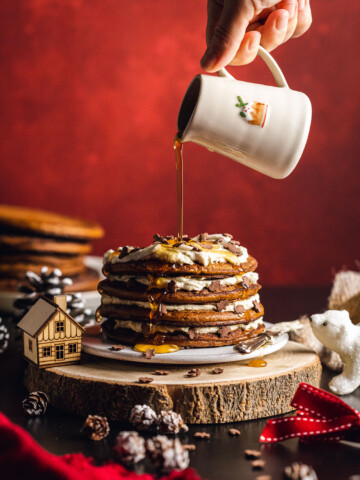






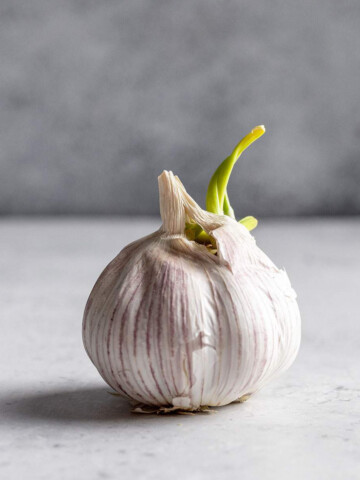
💭 Leave a Comment